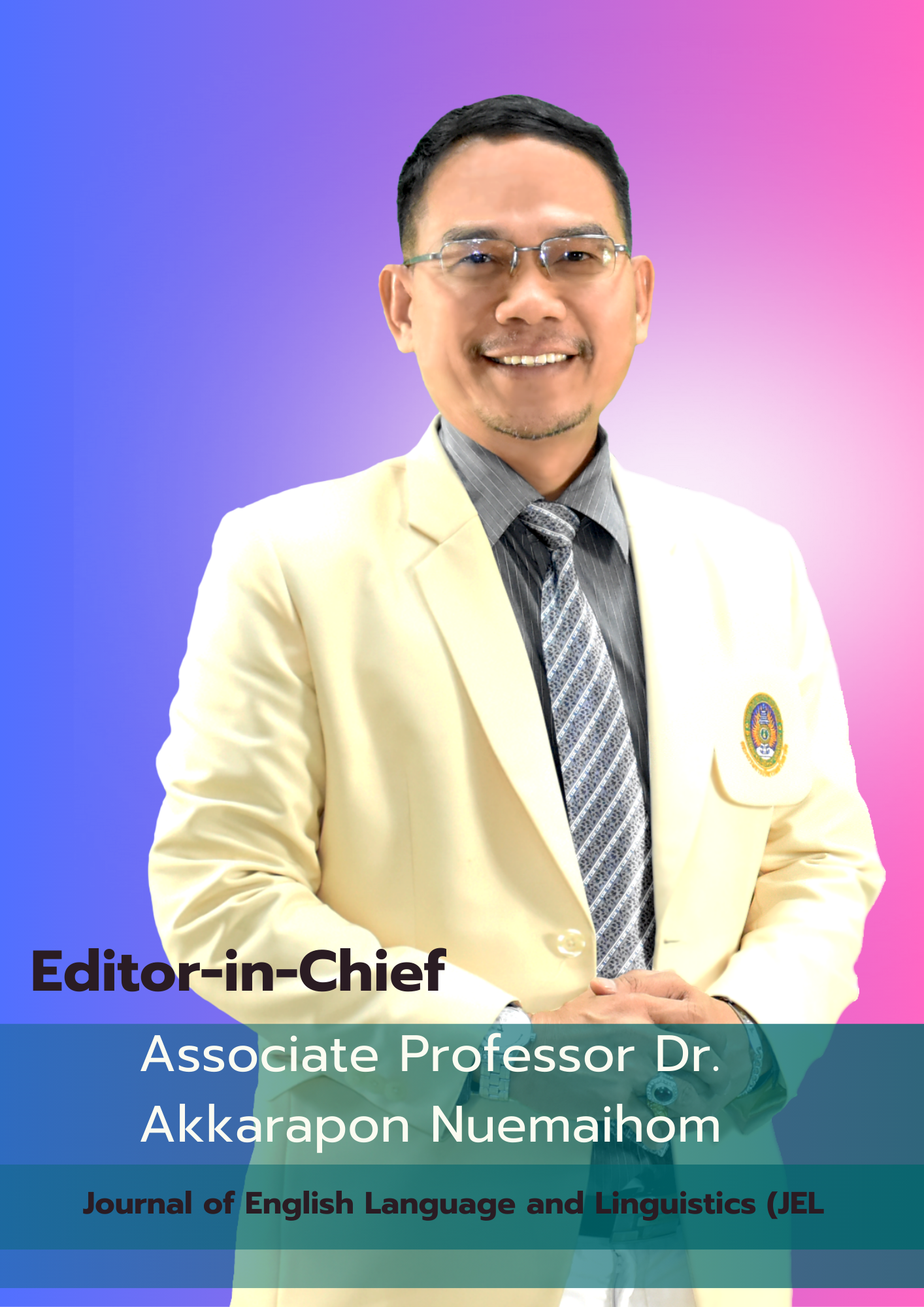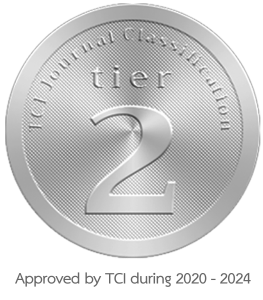The Specific Language Used in Communication by the Younger Thai Generation via Various Applications
DOI:
https://doi.org/10.62819/jel.2022.106Keywords:
Application, Specific language, Thai generationAbstract
The objective of the study was to find out the specific language used by the
younger Thai generation in communication via various applications. This
study is quantitative research. The sample was 100 words of specific
language used by the younger Thai generation from the applications such as
Facebook, Messenger, Twitter, LINE, YouTube, and TikTok, selected by
using a simple random sampling method and observed from user accounts,
appearances, and typing style cases were included as a sample. The data
were collected using the researchers' experiences with the applications’
system and were analyzed using the defined grammar principles'
characteristics. Based on the findings, it was concluded that there is the
specific language that modern Thais use to communicate through various
applications. These words and phrases demonstrate that language is limitless
as it evolves in word formation, including the ongoing modification of old
words and the creation of new ones. The results suggest that the language
will continue to evolve as the era changes, regardless of the word's form,
meaning, or application in multiple settings. The formation of various
languages is contingent on a certain user group. As a result, those languages
are classified as "particular languages." Thai has a tendency to constantly
come up with new terms as the language changes with the times and trends
of social media, as seen by Thai teens' use of various applications. The
original language's style, however, has been kept.



















